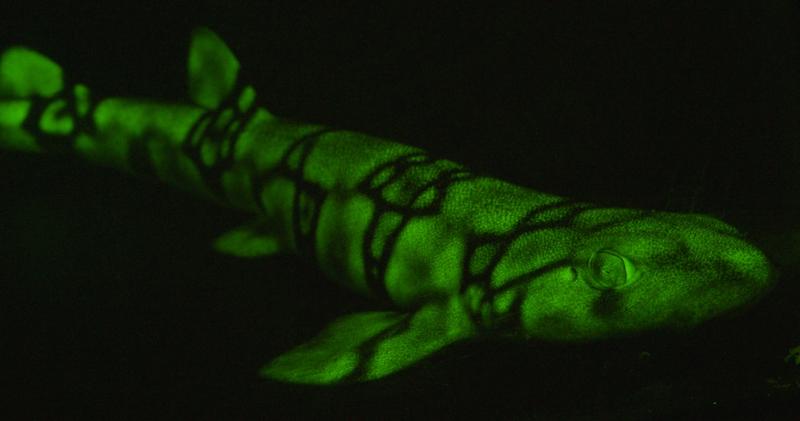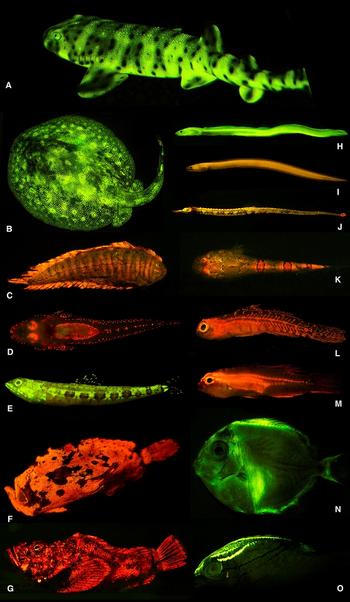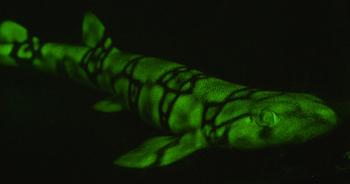
John Sparks, curator in the American Museum of Natural History’s Department of Ichthyology, and David Gruber, associate professor of biology at Baruch College and a research associate at the AMNH, discuss a recent study that found widespread biofluorescence in fishes, identifying more than 180 species that glow in a wide range of colors and patterns. Published in PLOS ONE, the report looks at why so many marine species emit light. They'll talk about how the research may lead to the discovery of new fluorescent proteins that could be used in biomedical research.



